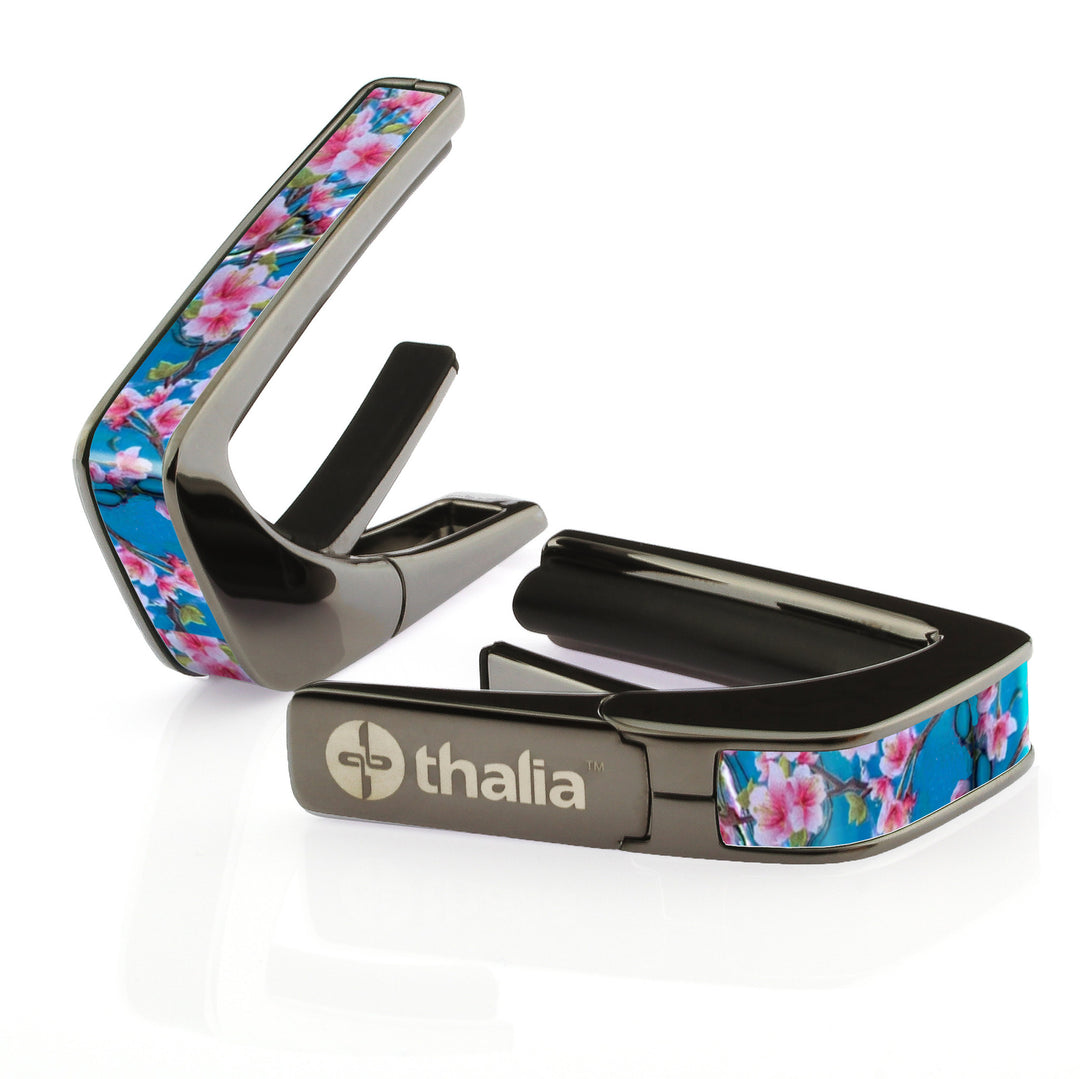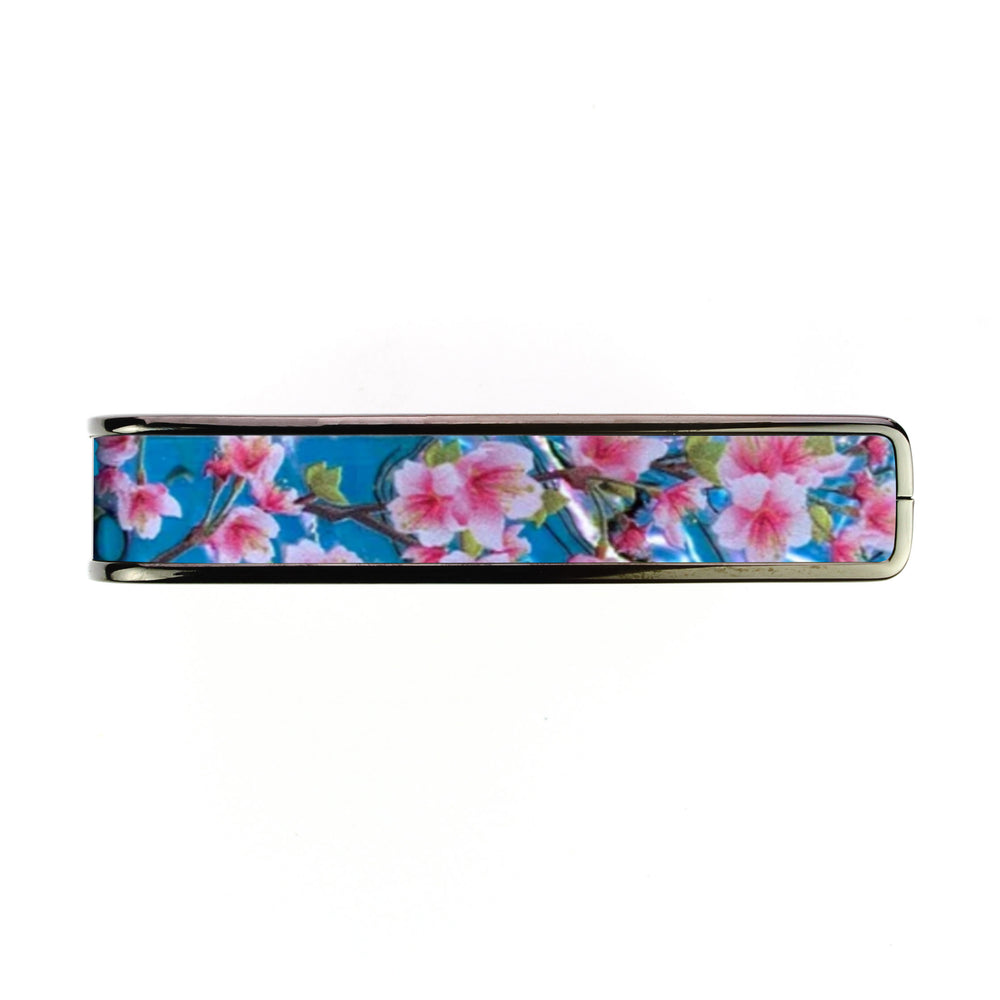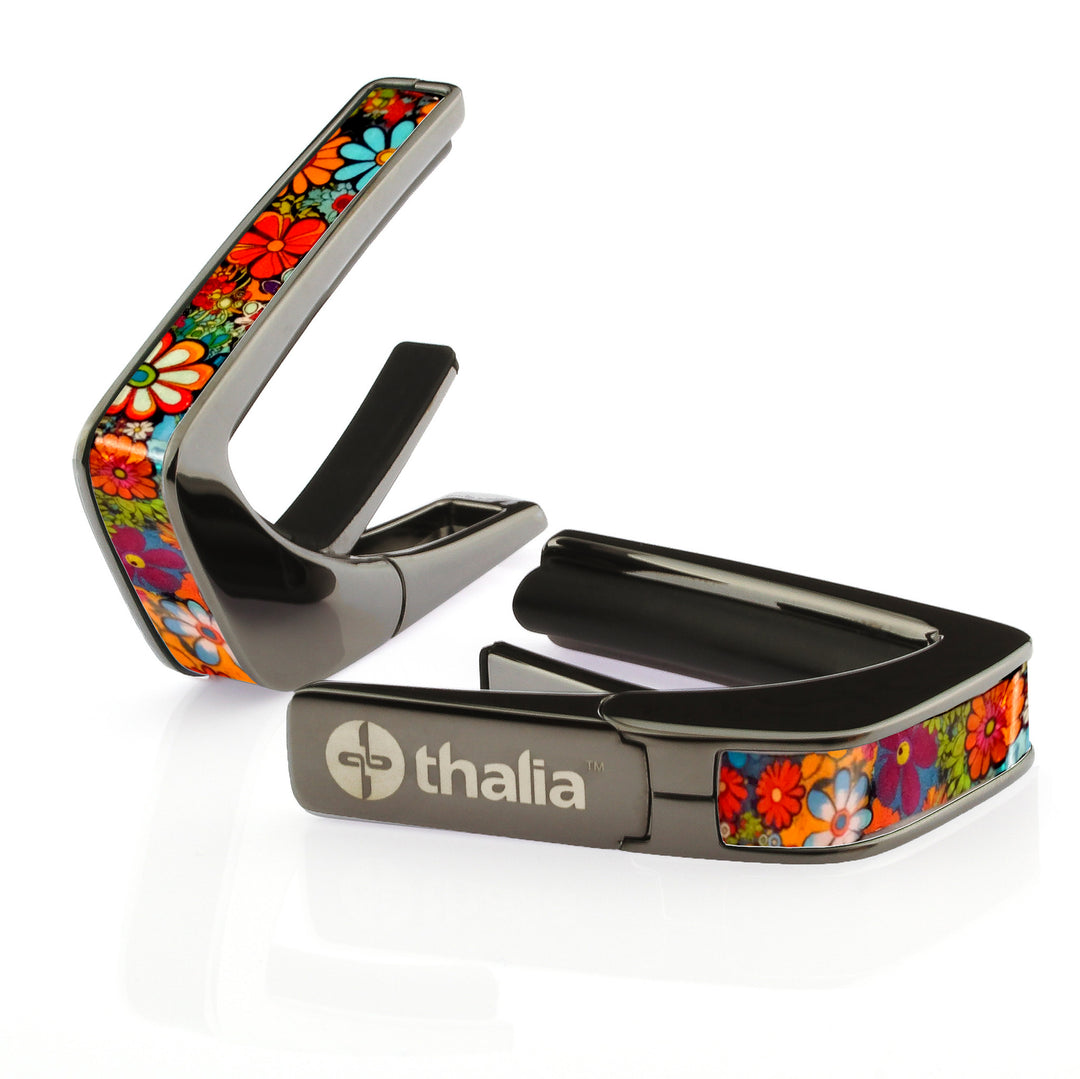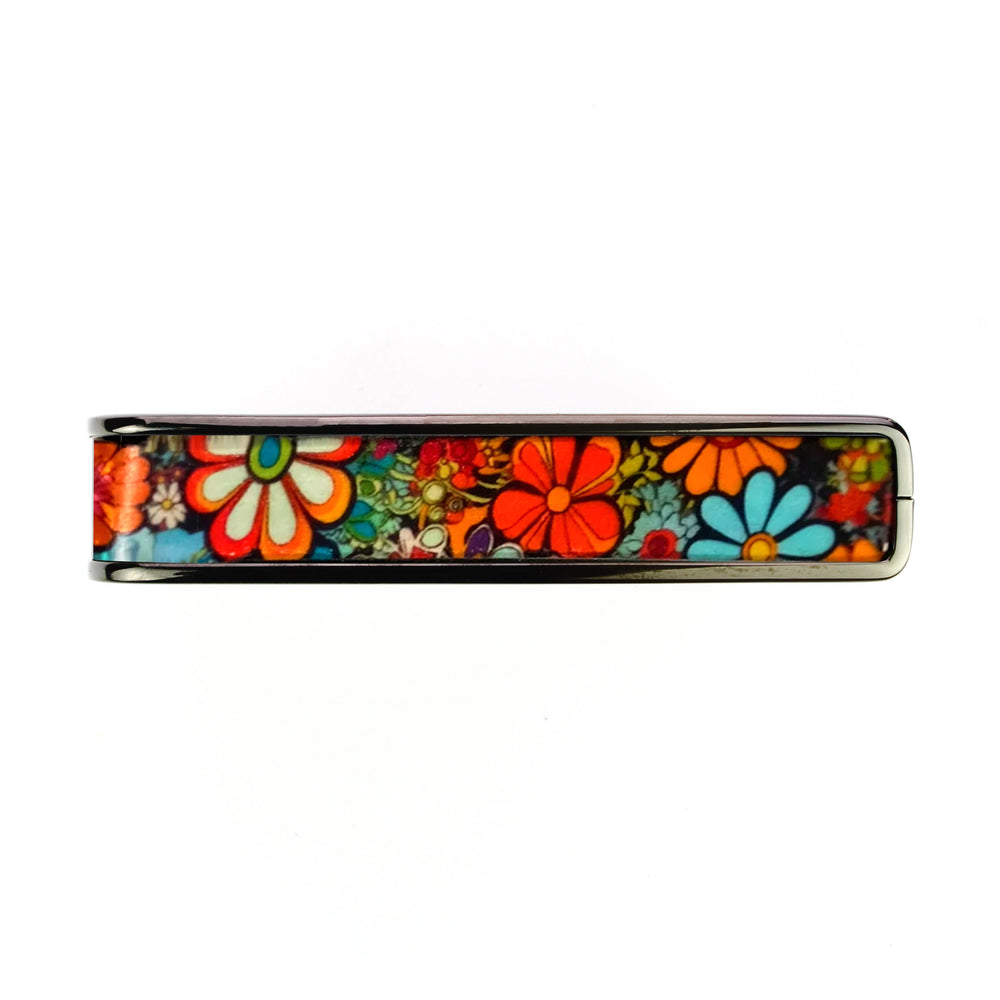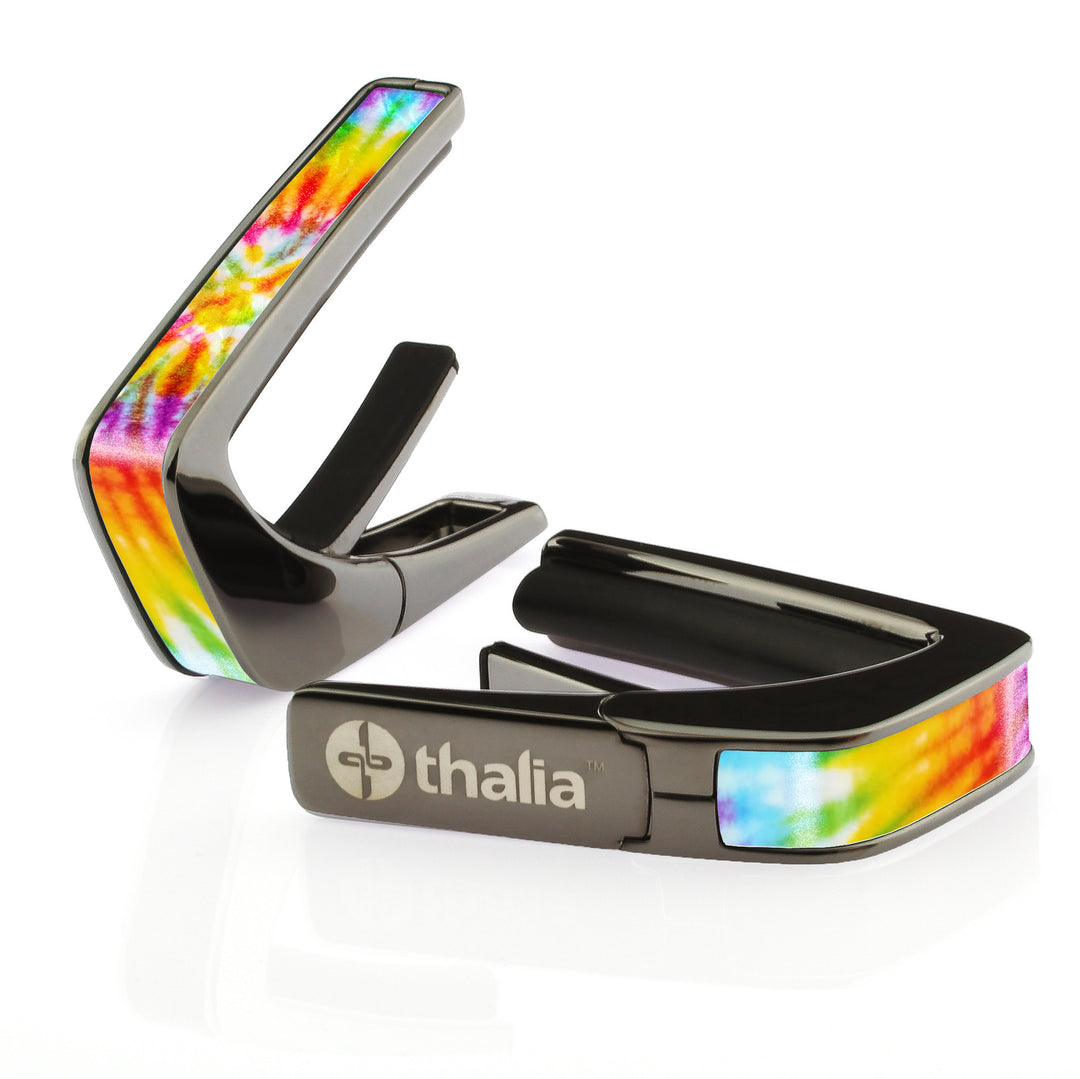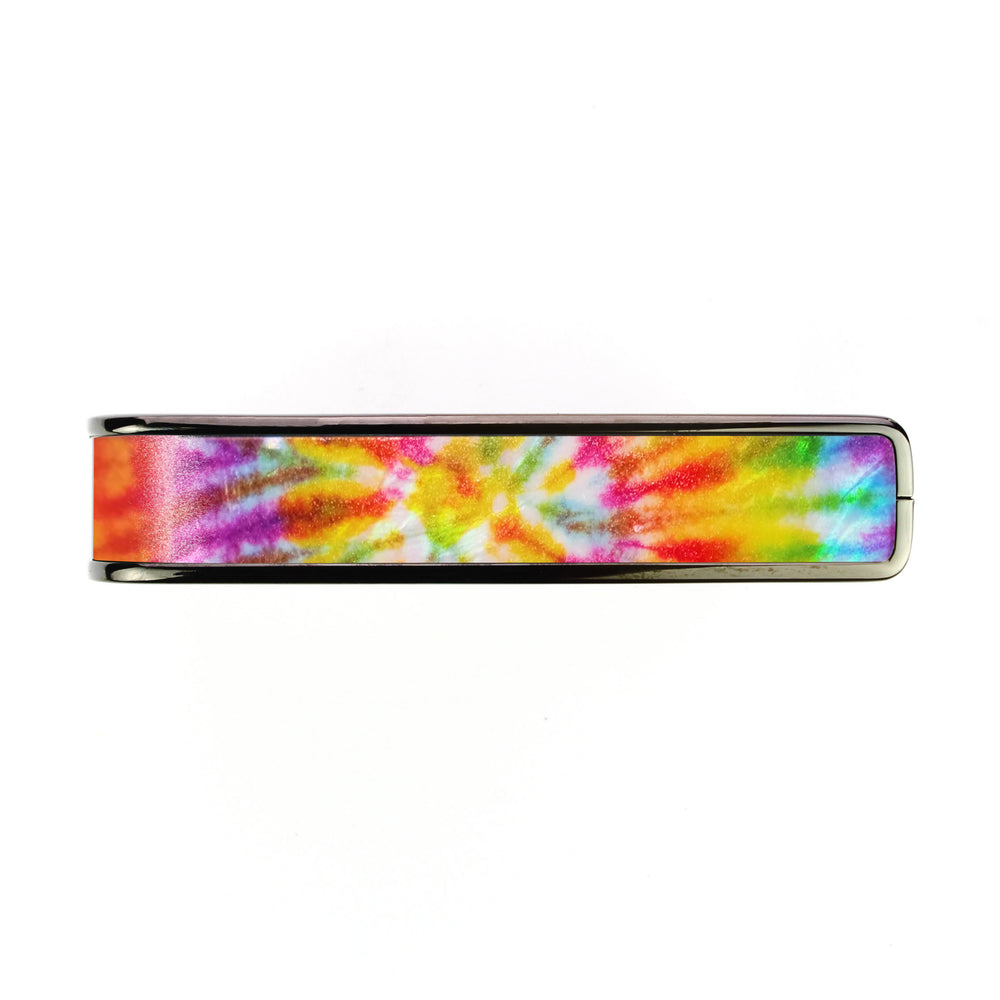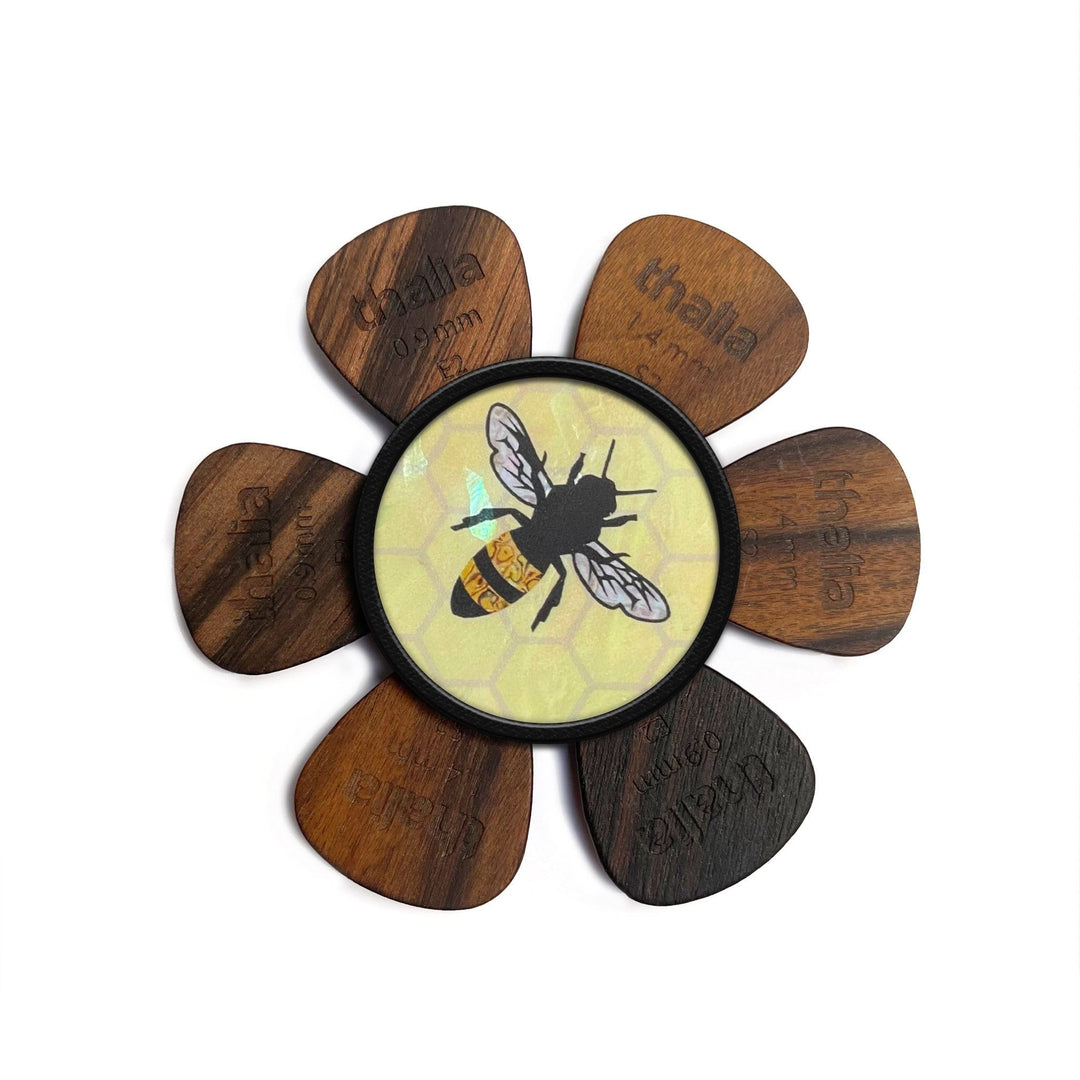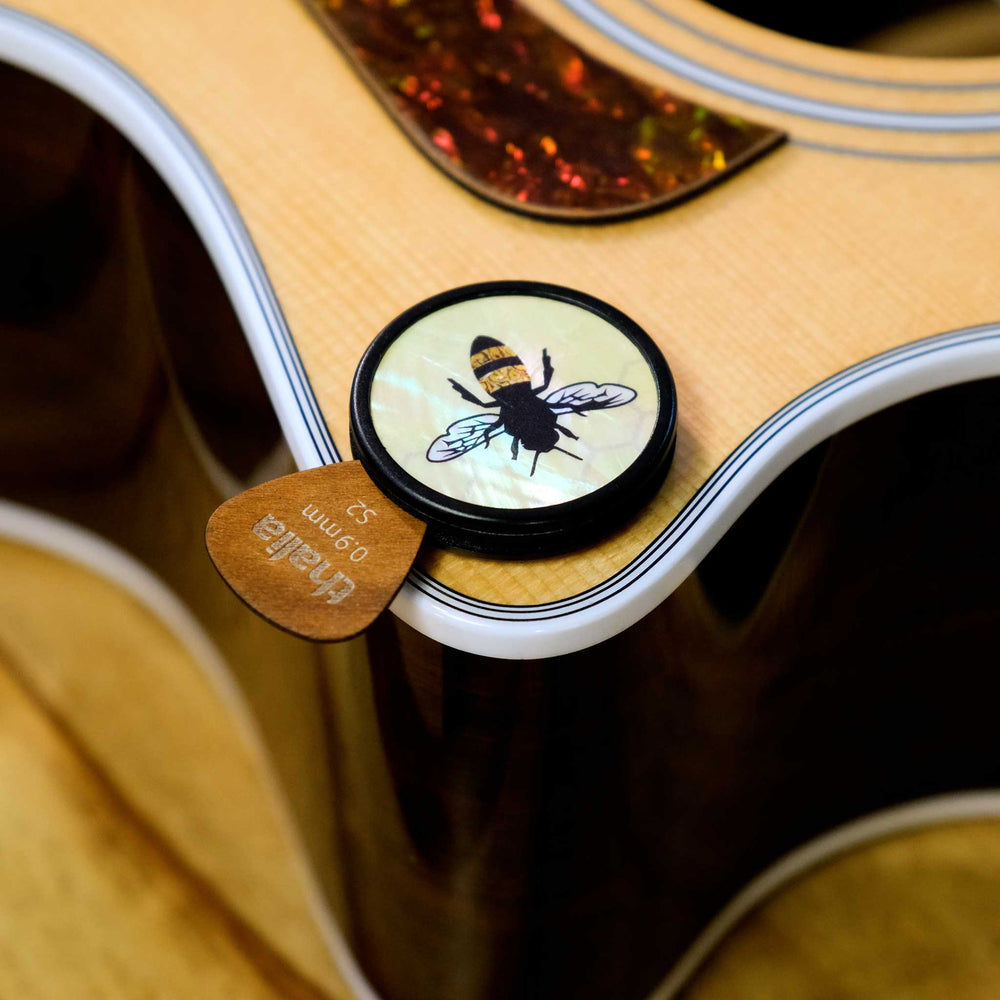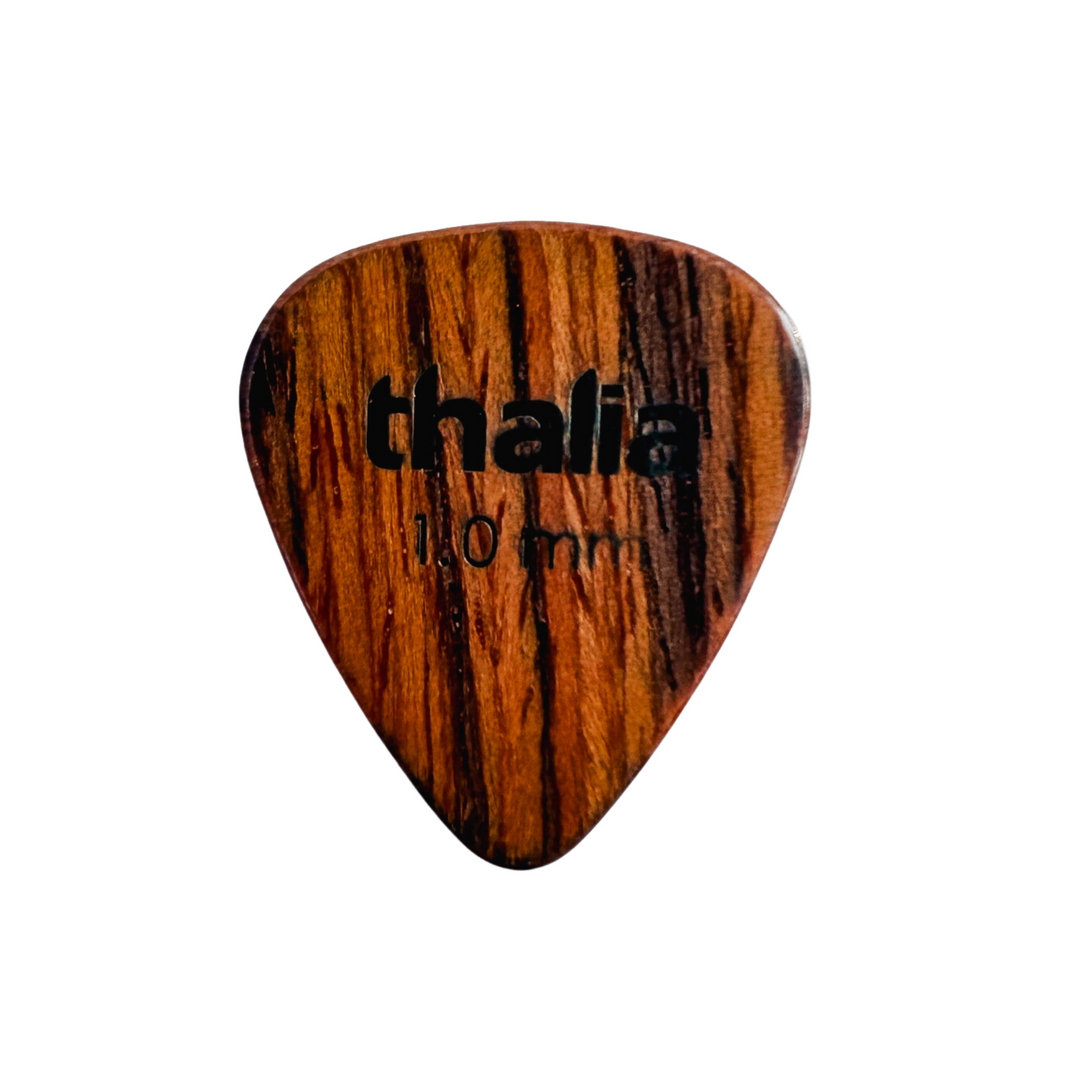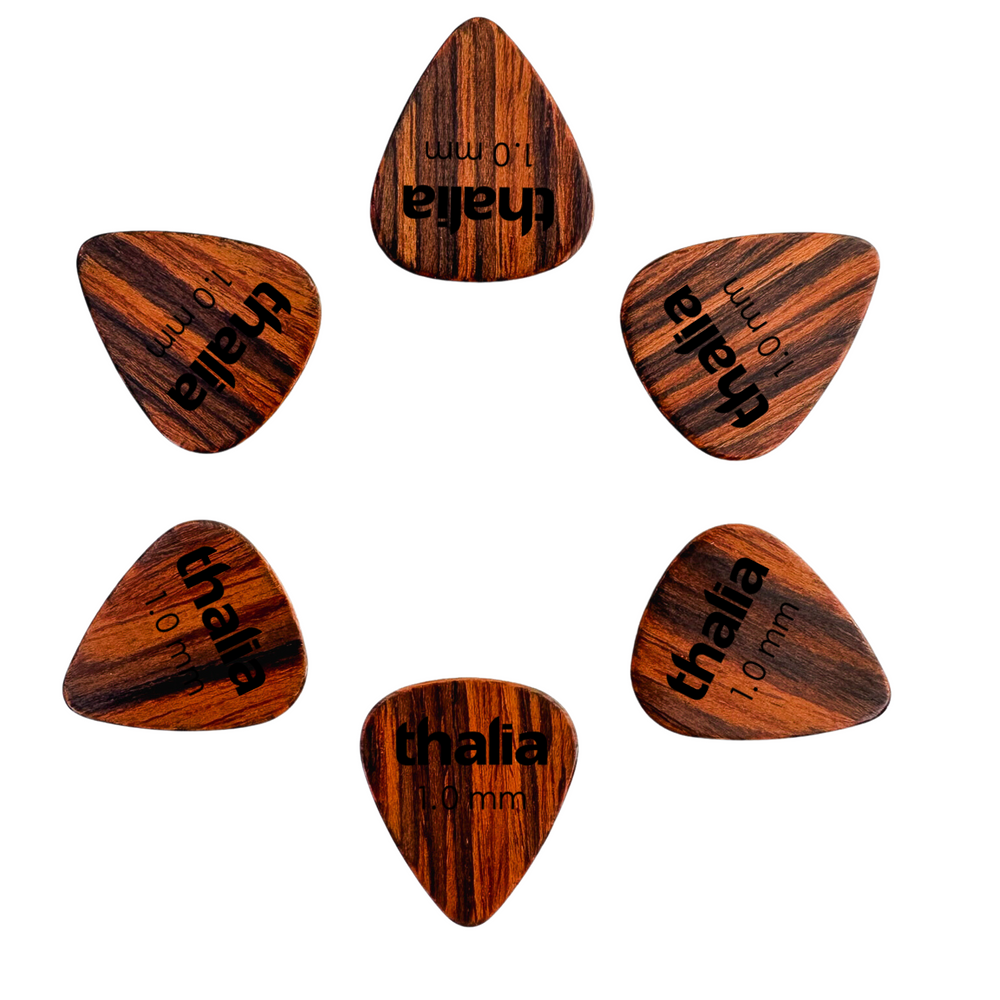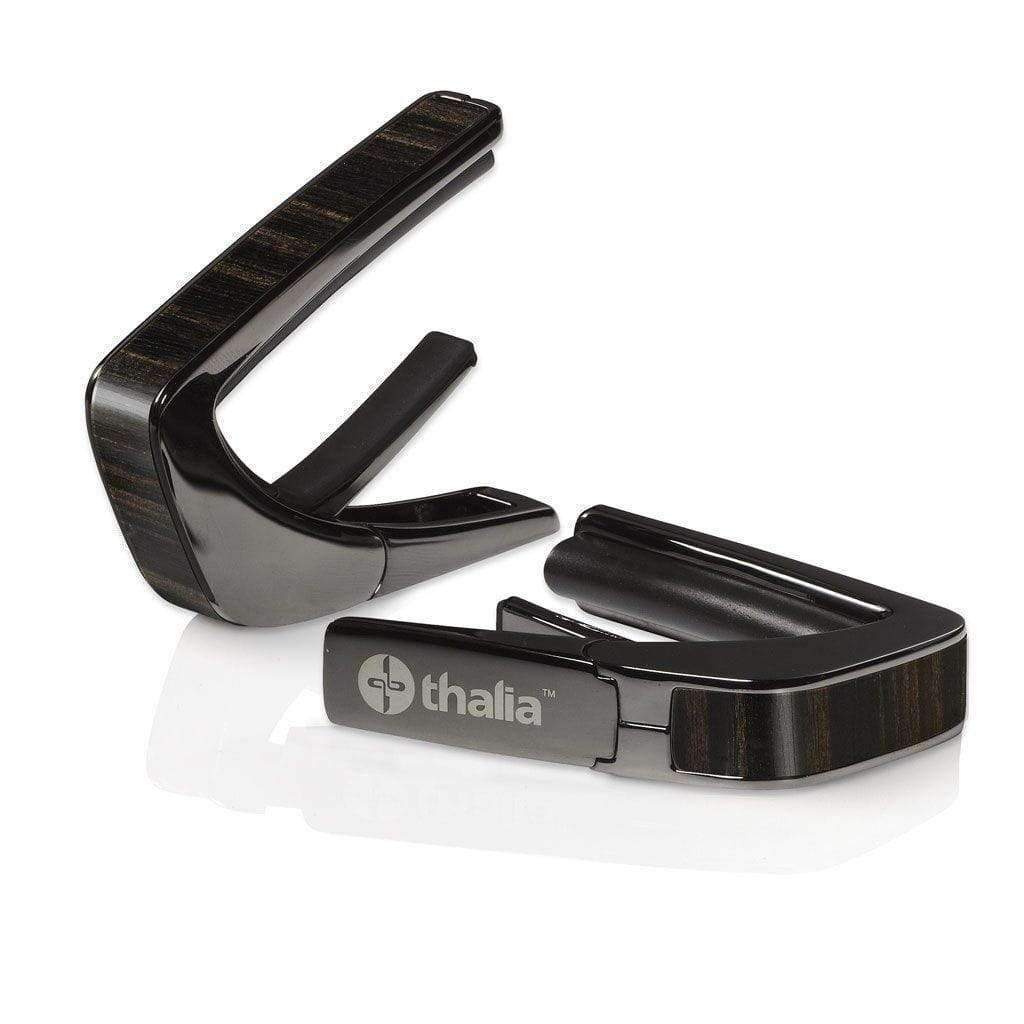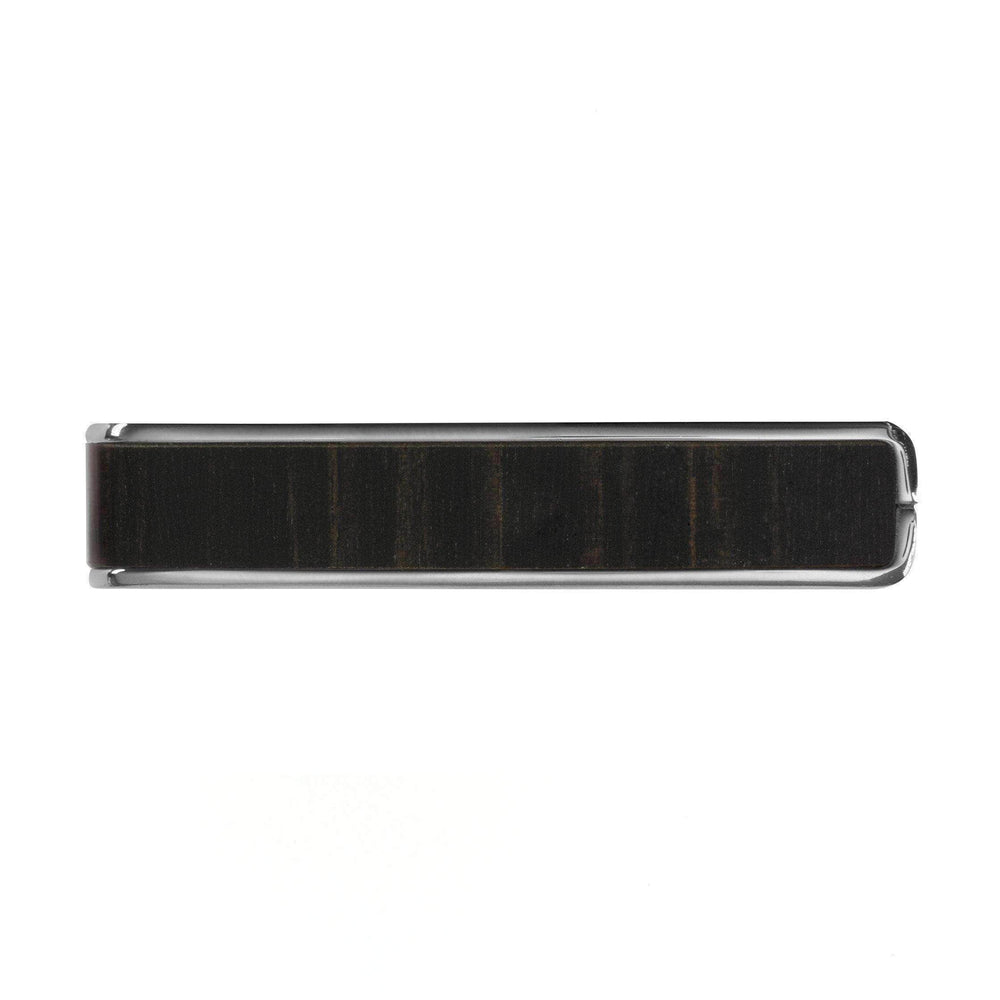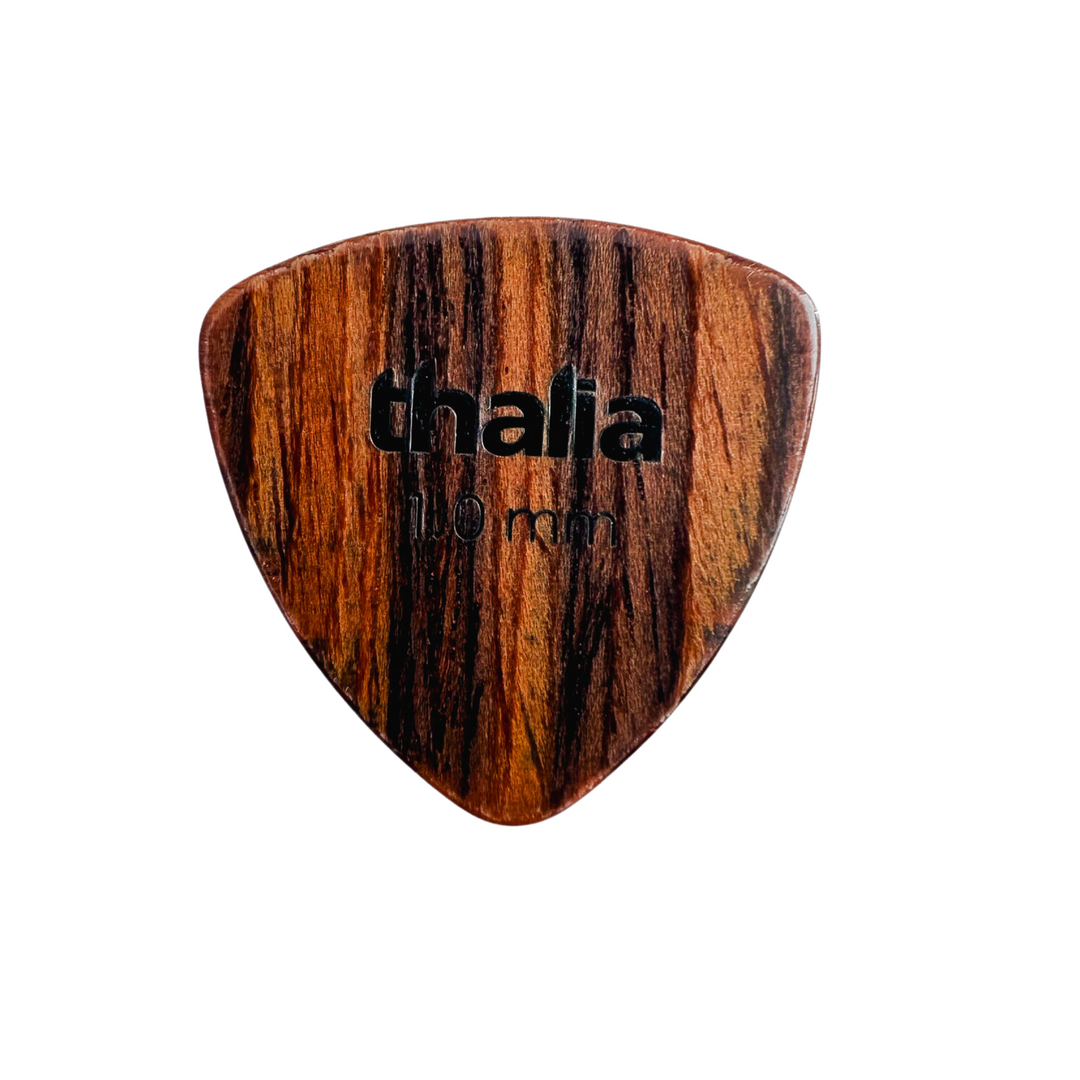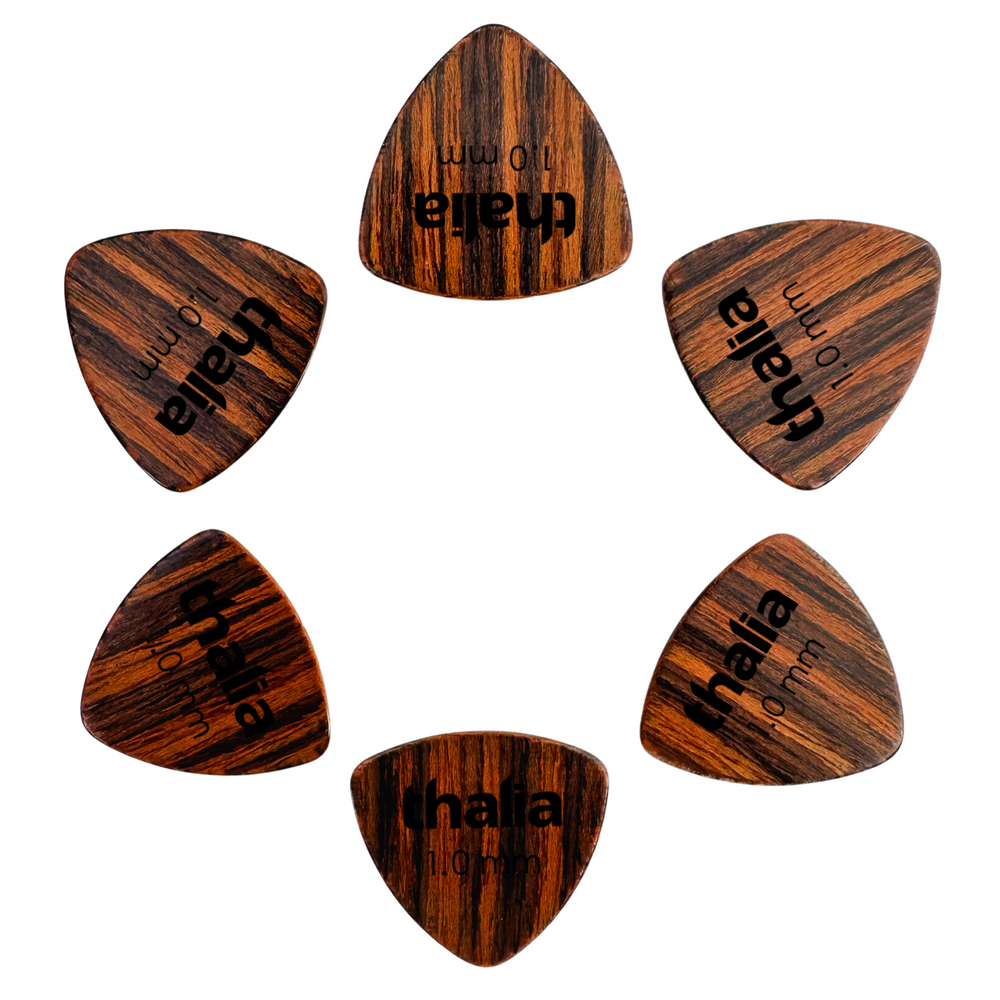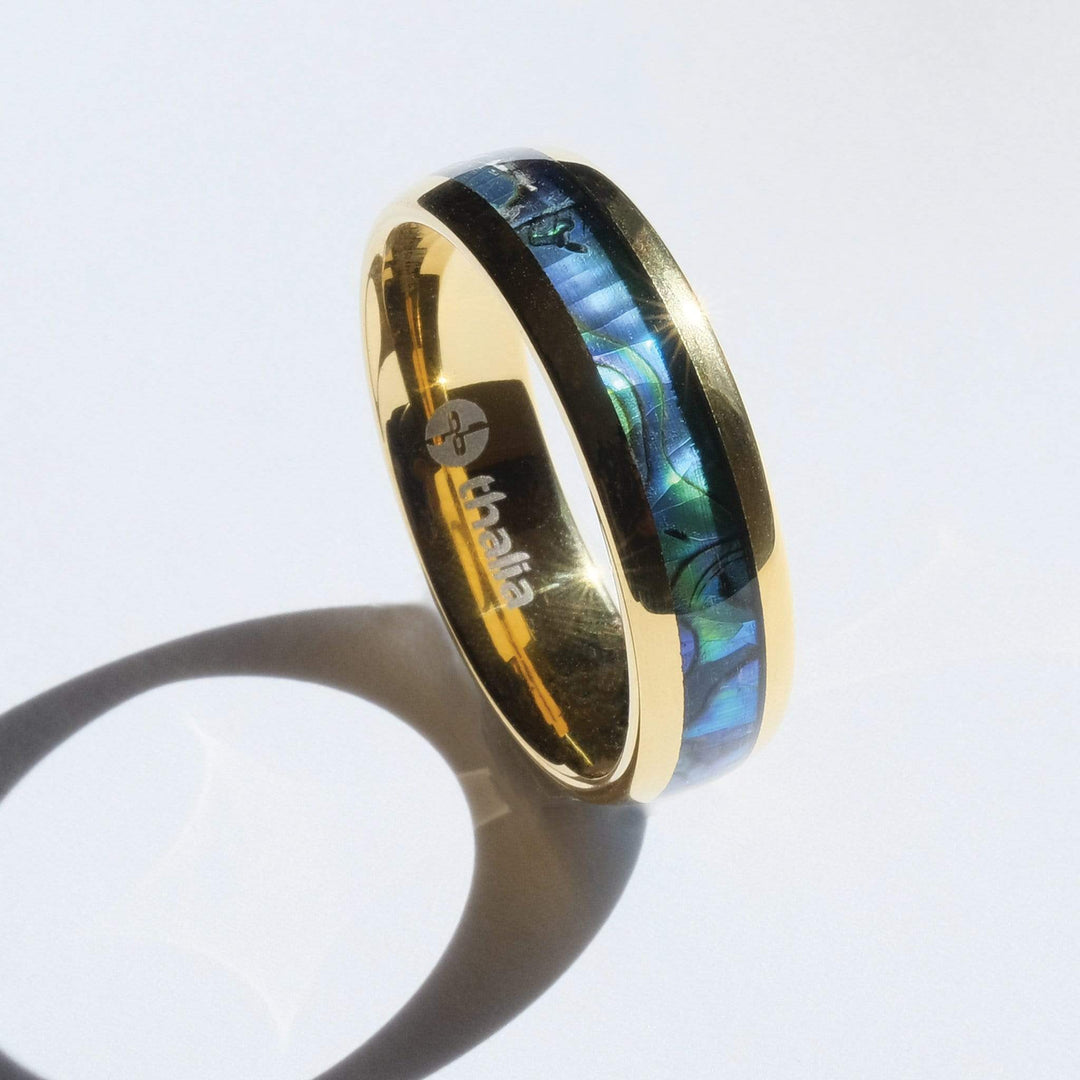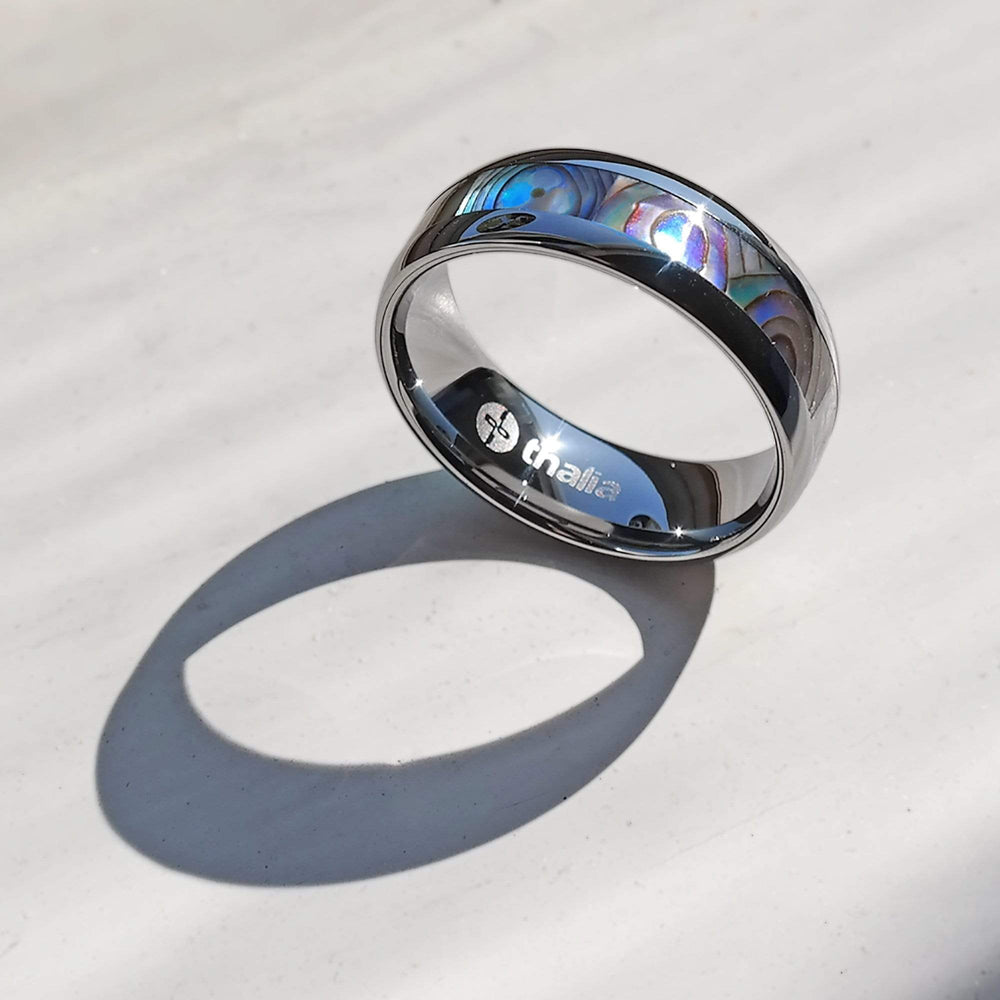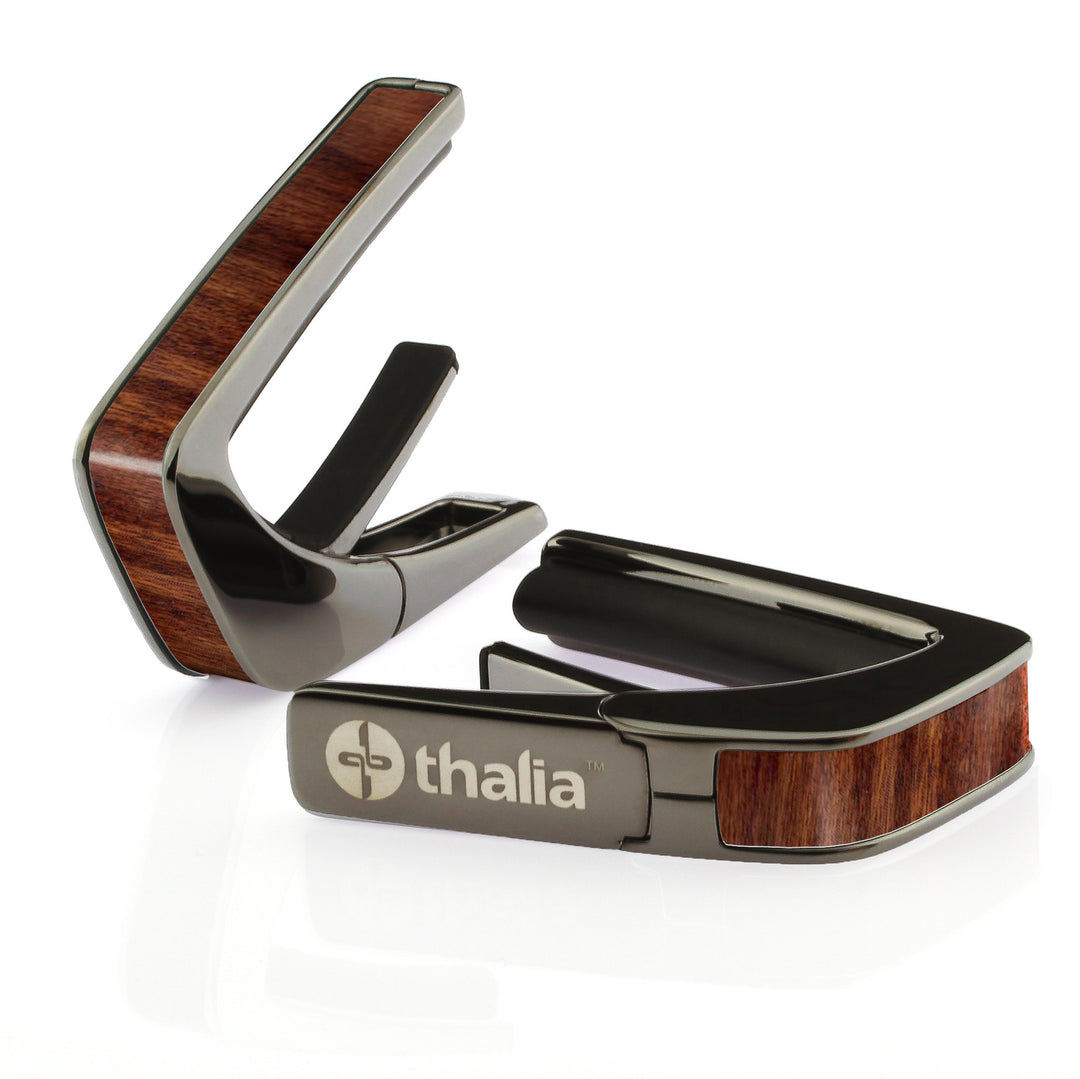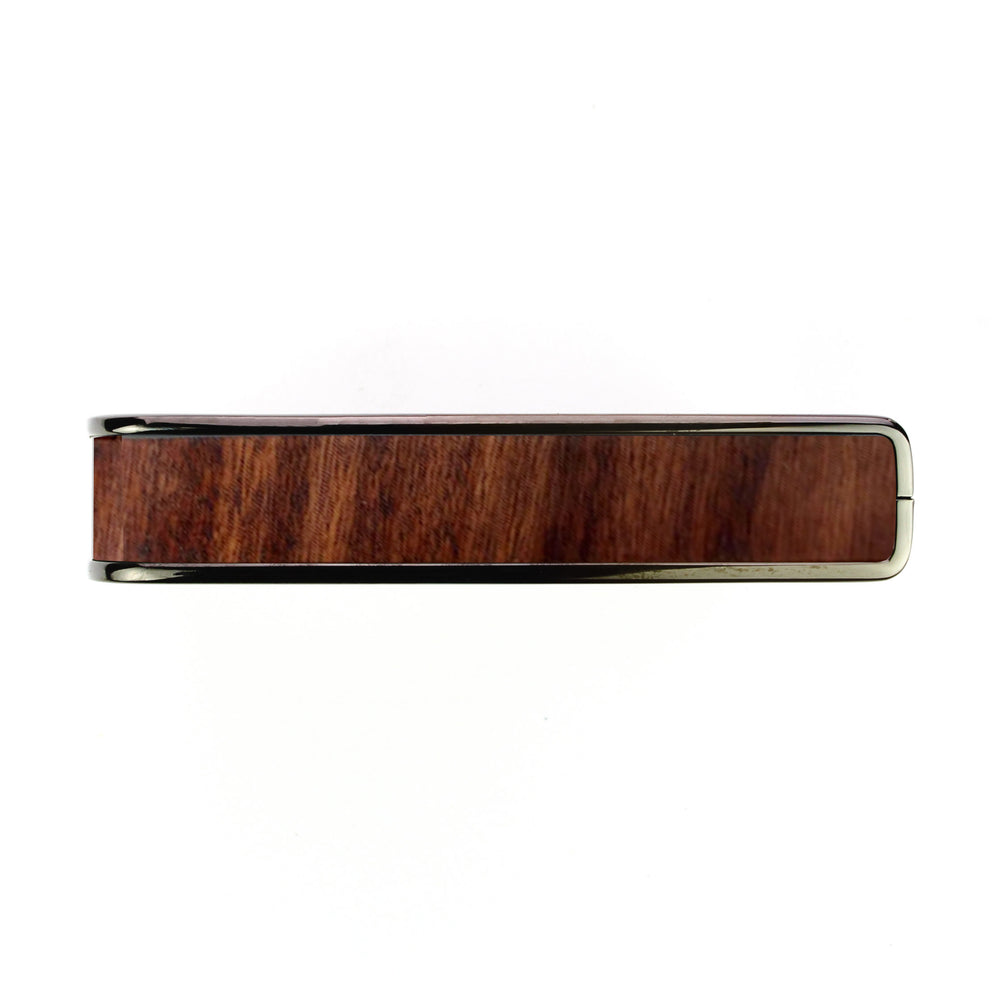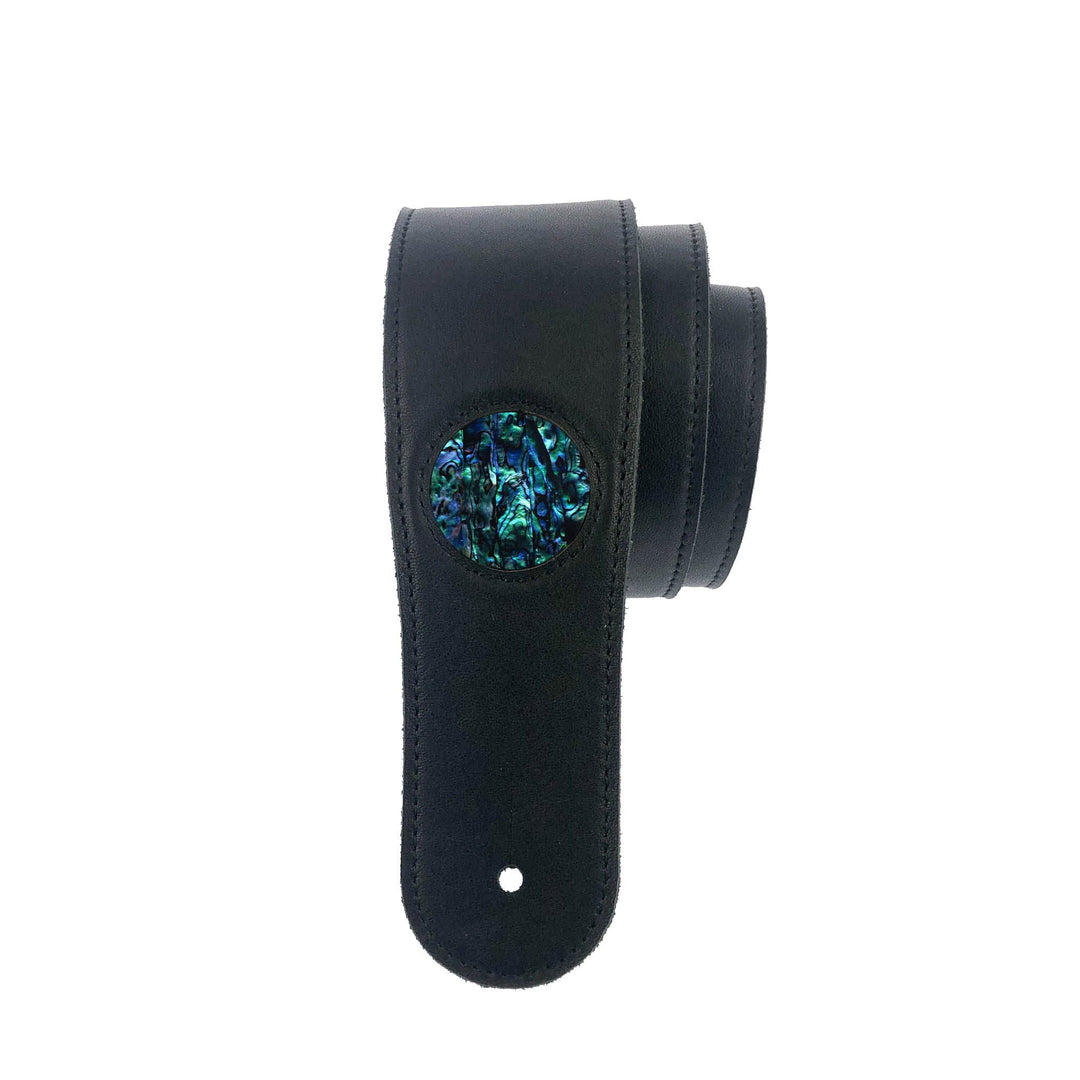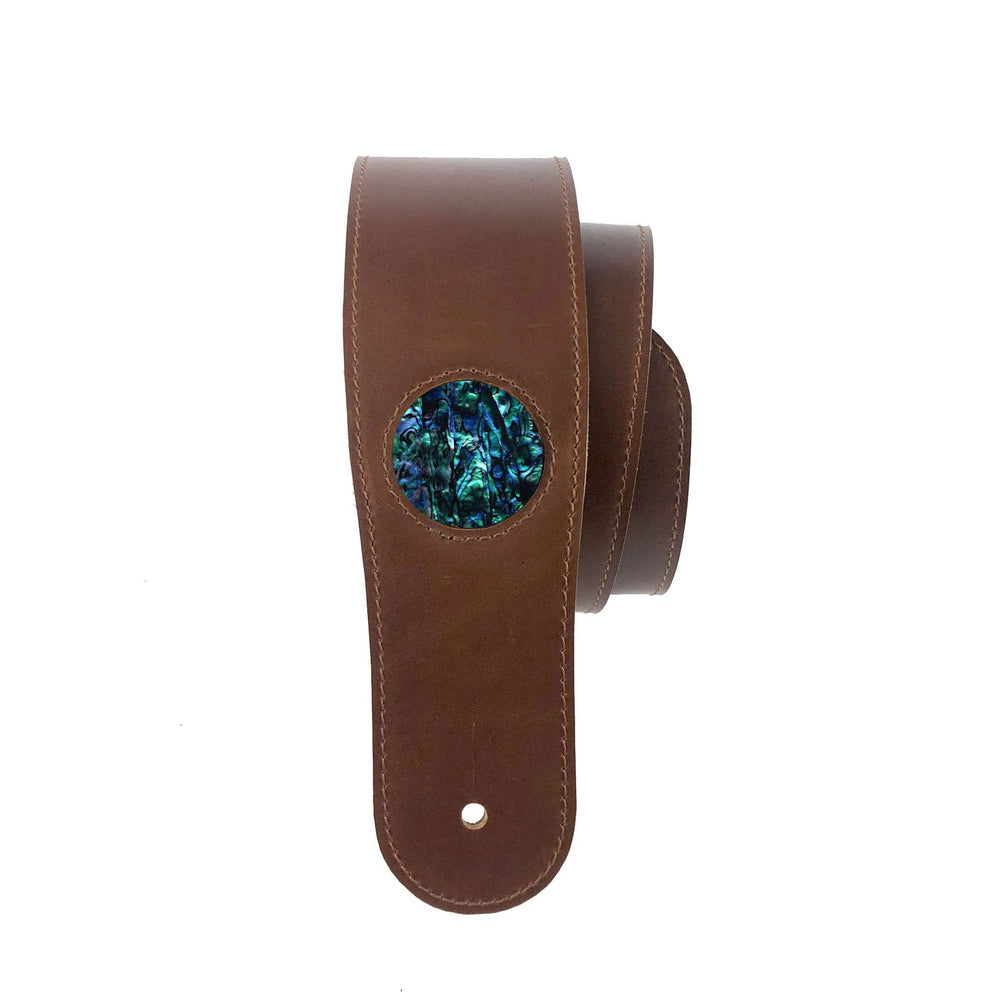The Guitars That Made… Jimmy Page (Part Two)
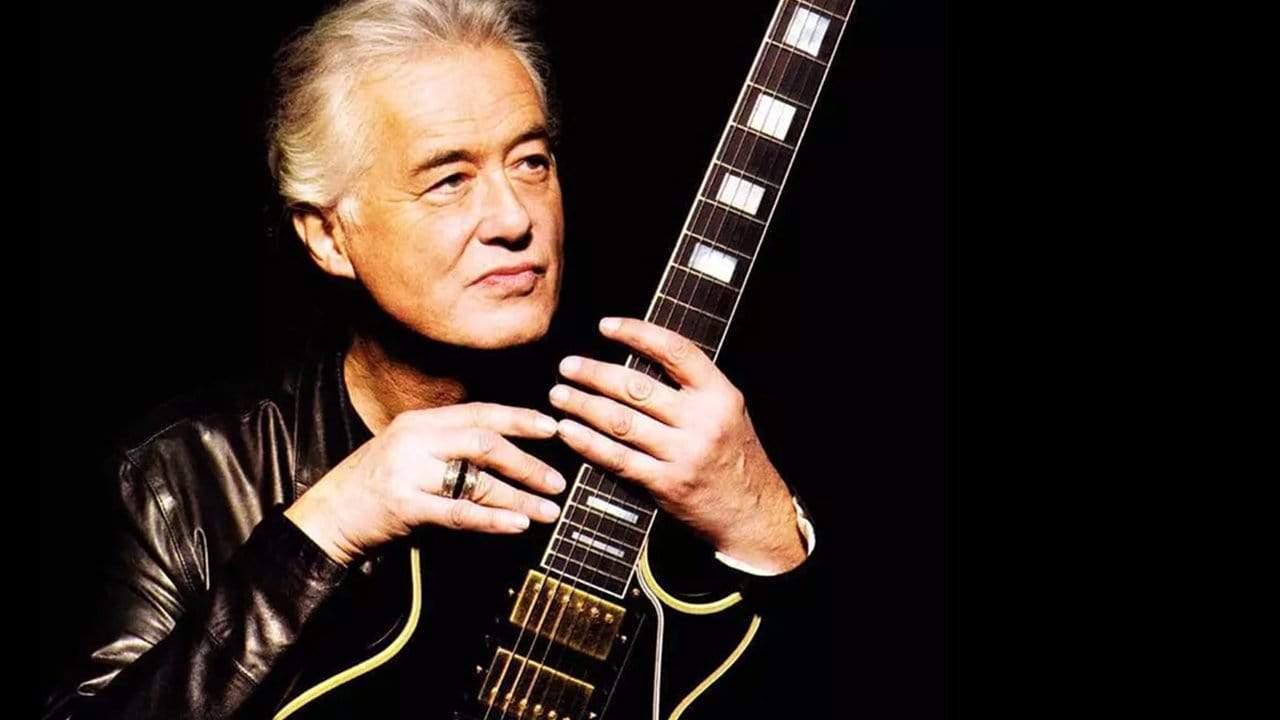
Welcome back to the Guitars That Made Jimmy Page.
Last time, we got to grips with Page’s iconic Telecaster, double neck and, of course, his Number 1 Gibson Les Paul.
Now, to kick off Part Two, we’re jumping back in with another Les Paul. This one’s less well known, but equally important to Page’s guitar playing history. It’s also the one that got away. The reasons for that will become clear momentarily…
Gibson Les Paul “Black Beauty”
When you think of Jimmy Page and Les Pauls, it’s probably the sunburst variety that comes to mind. Both Page’s Number 1 and Number 2 Les Pauls – the guitars that he toured across the world with in the 1970s – were in that design.
But, Page’s first Les Paul was a very different beast. Way back in 1962, while working as a session musician, Jimmy purchased a 1960 “Black Beauty” Les Paul for the then-princely sum of £185 ($5300 in today’s money). Sporting three humbuckers and a Bigsby B7 trem, it was a striking instrument that Page used throughout most of his session career (’63-’68).
Page typically favoured his Dragon Tele during Zep’s early days, but the Black Beauty went on the road with Zeppelin from January 1970 and can be seen in the Royal Albert Hall footage on the Led Zeppelin DVD. In September ’71, however, it was stolen from an American airport. Page placed an ad in Rolling Stone offering a reward for the guitar’s return, but to no avail.
There’s a happy ending to the Black Beauty story, though. In 2015, some 44 years after it was stolen, Page was finally reunited with the instrument.
Danelectro 3021
Jimmy Page has played some beautiful - and very expensive – instruments in his time. But, his Danelectro 3021 is the one that bucks the trend. Made by the same company that produced Slivertone and Airline instruments – the quintessential “pawnshop” guitars of the ‘50s and ‘60s, it’s an inexpensive, “no frills” guitar designed for the player on a budget.
Yet, there’s a magic to the 3021 that defies its cheap and cheerful origins. The semi-hollow construction, the Masonite (a cheap composite wood) top and back and the now-iconic Danelectro “lipstick” pickups gave it a unique tone, unlike anything else on the market at the time.
From the mid-1970s onwards, Page utilized this to startling effect, particularly during Led Zeppelin’s live performances. His default open-tuning guitar, it’s the one he used for his White Summer/Black Mountain Side solo spots, as well as the slide blues opus “In My Time of Dying.” Oh, it’s also the guitar he played on a little known Zeppelin gem by the name of “Kashmir.” Maybe you’ve heard of it…
Harmony Sovereign H-1260
Unlike the other guitars in this list, you might not have actually seen Jimmy Page playing a Harmony Sovereign H-1260. It’s perhaps not as iconic as several of the aforementioned electrics.
But, behind the scenes, this inexpensive acoustic was an essential tool in Page’s writing. As the guitarist himself notes, almost the entirety of the first four Led Zeppelin albums were composed on the Harmony. In effect, it’s the instrument on which Jimmy wrote rock history.
Often described as the “poor man’s Martin,” Harmony instruments were catalogue guitars, sold through the likes of Sears, Roebuck, and sometimes under the Silvertone name.
Don’t let the budget label fool you though. Thanks to a solid wood construction and a distinctive body shape (while they’re sometimes dismissed as Martin clones, the construction is larger and deeper than your typical D-28), H-1260s have a particularly rich low end, which is great for open tunings. It wasn’t just Jimmy who adopted the instrument. Sovereign players of the era included Keith Richards and Pete Townshend.
It also the guitar Jimmy used for the six string acoustic parts on a little-known Zep ditty by the name of “Stairway to Heaven.” That’s right, the humble Harmony is the “Stairway…” guitar.
If you want to witness this one in the flesh, it’s currently on display at New York’s Metropolitan Museum of Art as part of “Play It Loud: Instruments of Rock & Roll.”
NOTE: This article has been amended from its original version, which contained some inaccuracies regarding which guitars had appeared on which studio recordings. Many thanks to Thalia blog reader – and Zeppelin guitar expert – Allen Gerber for pointing these out.
Do you own any Jimmy Page guitars? Which do you think is Pagey’s most iconic axe? And, are you planning to buy the awesome looking Custom Shop Dragon Tele? Share your stories in the comments.


